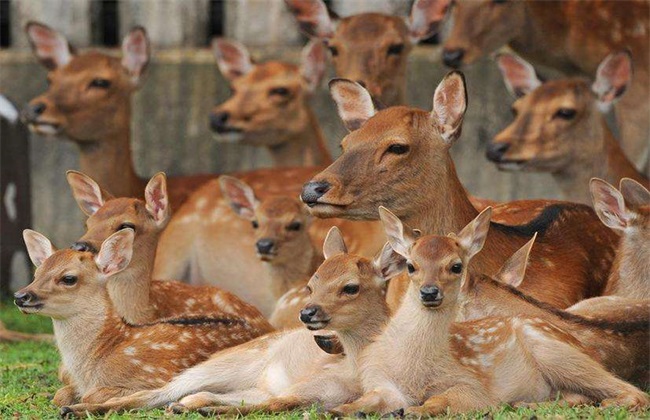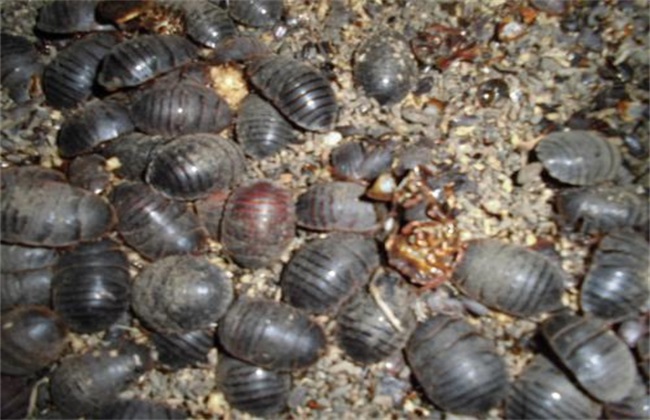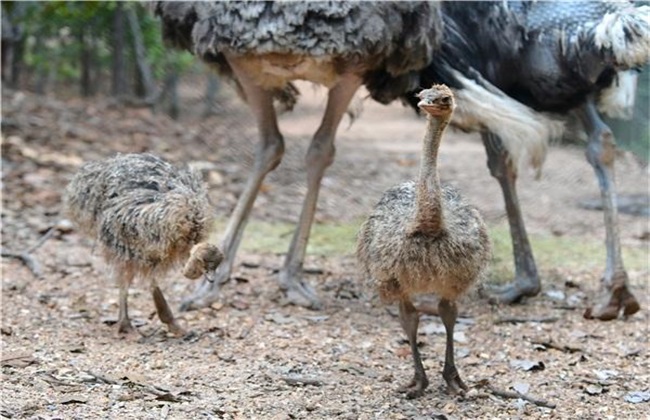Matters needing attention in raising young deer
Deer is a very popular special breeding project in China, because the economic value of deer is very high, basically every part has a very wide range of use. Therefore, the breeding area of deer in our country is also very large, but raising deer is not as simple as expected, especially when raising young deer, there are many places that need our attention. So the editor brings you some points for attention in deer breeding today. Let's take a look!

1. Management of young deer
After the birth of the baby deer, the body of the mother deer and the young deer is relatively poor, because the young deer also have fetal membranes on the body surface, so it will be relatively moist. Although the mother deer will help lick the calf, we can also use artificial air drying to encourage the calf to breast-feed earlier. Generally speaking, young deer can stand about half an hour after the fetal membrane is dry. However, it should be noted that the milk production of the female deer is relatively small, so the young deer are milked more times. When the young deer are breast-feeding, they should pay attention to their own smell and avoid the irritating smell, otherwise it will affect the feeding of the young deer.
2. Domestication of young deer
When the young deer grow to about 30 days, the young deer should be domesticated. When feeding the feed, we should pay attention to adding an appropriate amount of green feeding to the feed so that the young deer can adapt to the feed and develop a good habit. Every time before feeding, we can issue a command, such as a whistle, to make the young deer form a conditioned reflex, and when we hear this sound, we can gather together to eat. Then let the cubs gradually become independent and avoid over-reliance on the cubs. Improve the growth ability of young deer and enhance the quality of young deer.
3. Feeding in groups
When raising young deer, they should be reared in groups with female deer according to their growth and size. However, it is not possible to divide groups directly at once, but step by step. For example, for the first time, separate the young deer from the female deer for 1-2 hours, and then increase the separation time appropriately with the passage of time. If the soil is separated directly, then the young deer will not be able to adapt to the environment without the female deer in time, and the female deer will be more anxious, resulting in a decrease in food intake and affecting fat gain. Young deer can have the same problem, affecting their growth. And in our breeding, we should interact with the young deer as far as possible to make the young deer familiar with the breeders so as to facilitate future breeding.
4. Auxiliary feeding
Female deer in childbirth is not guaranteed smooth sailing, there may be stillbirth, abortion and other phenomena, and will affect the milk production of young deer. Therefore, when the female deer lactation is insufficient, we should pay attention to do a good job of auxiliary feeding, using sheep's milk or milk powder and so on. However, because the goat's milk should be fresh enough, it is better to use milk powder. When we assist in feeding, we should pay attention to controlling the feeding amount according to the intake of young deer. Then feed an appropriate amount of feed to reduce the breeding cost and improve the growth ability of young deer.
The above is a brief introduction to the matters needing attention in young deer breeding. In fact, these precautions are that we need to do a good job of management in the process of raising young deer, so we must pay more attention to it. That's all for today's introduction. This article is for reference only. I hope it can help you all.
Related
- On the eggshell is a badge full of pride. British Poultry Egg Market and Consumer observation
- British study: 72% of Britons are willing to buy native eggs raised by insects
- Guidelines for friendly egg production revised the increase of space in chicken sheds can not be forced to change feathers and lay eggs.
- Risk of delay in customs clearance Australia suspends lobster exports to China
- Pig semen-the Vector of virus Transmission (4)
- Pig semen-the Vector of virus Transmission (3)
- Five common causes of difficult control of classical swine fever in clinic and their countermeasures
- Foot-and-mouth disease is the most effective way to prevent it!
- PED is the number one killer of piglets and has to be guarded against in autumn and winter.
- What is "yellow fat pig"? Have you ever heard the pig collector talk about "yellow fat pig"?



